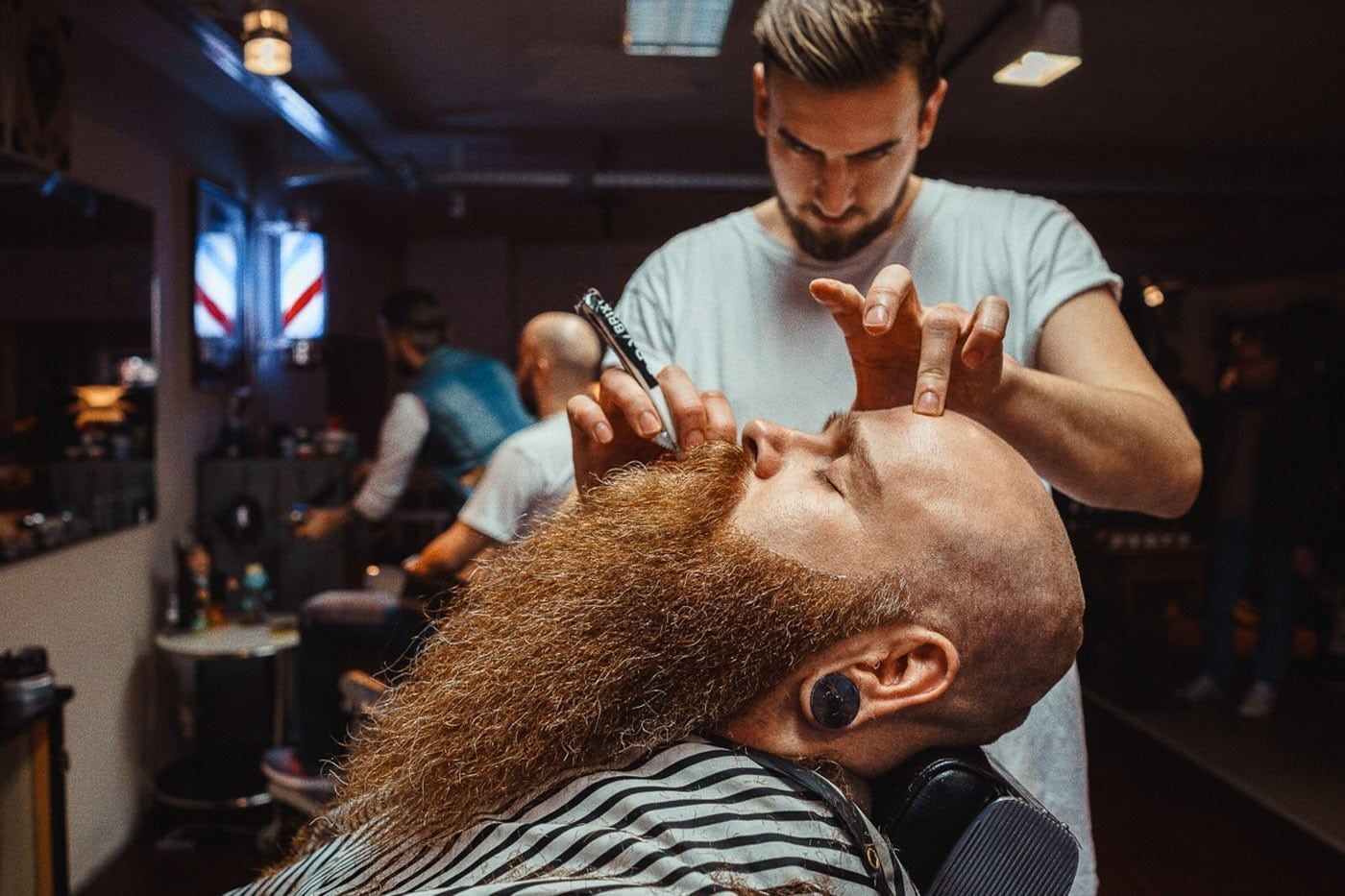Digital photography is not an environmentally friendly medium. It generates electronic waste, the production of SD memory cards produces high CO2 emissions and in some cases rare minerals are used. Batteries only last a maximum of three years, not to mention data storage in the cloud, which also consumes resources. And the lifespan of the equipment? On average, photographers have to replace their cameras, computers and phones every five years because they become obsolete.
Simon Veith, a freelance photographer from Cologne, recognised this very early on and developed a concept in 2016 to have a positive impact on the environment through his work. And in our interview with Simon, he introduces us to sustainable photography.
Simon, you started to make your photography sustainable five years ago – so you are a real pioneer. What prompted you to do this?
Today I can say that it was more a logical development of my situation at the time than a spontaneous idea that came out of nowhere. After my studies in health economics, I worked on various ideas, including at Colabor Cologne, a sustainable co-working space. During that time, I had become increasingly involved with photography and built up a small reputation in the Cologne sustainability scene. So the desire grew in me to take professional photographs full-time. On one condition: It should be as sustainable as possible.
Digital photography causes environmental pollution. What is different about sustainable photography, which also uses digital cameras?
Sustainable photography is working holistically as a photographer, taking into account the ecological footprint. It's about following a way of working that produces as few CO₂ emissions as possible.

Sounds good - how do you achieve that?
I can ensure sustainability in my way of working through green hosting of my website, sustainable green electricity at home and in the studio, eco-social banking, environmentally friendly mobility and high-quality, regional and second-hand equipment. Any other factors that I cannot influence, I compensate for by supporting environmental projects - often this is even significantly overcompensated. The bottom line is that my way of working is climate-positive.
How exactly did you implement this?
As a freelancer, I analysed my entire workflow and found the most environmentally friendly alternative for all processes. In addition to the aspects already mentioned, this also includes a green mobility concept including a no-flight policy. I also work for green companies and self-employed people, sometimes also foundations or NGOs. Over the years, I have repeatedly evaluated and selectively improved the concept of sustainable working methods.
Your images have an impact – but what impact does the way you work have?
On the one hand, there is the obvious point about compensation payments, and on the other hand, I have 100 trees planted and maintained for each assignment I complete. With both measures, I compensate about 34 t CO2-eq per job and consume roughly – depending on the size, length and effort of the job – 20-800kg CO2-eq with the complete production. So I have a positive impact on the global climate. In addition, there is a social aspect to tree planting, as the project gives needy people a fairly paid job.

On the other hand, I can also contribute positively to some of the 17 sustainable development goals: directly through my work, but also indirectly through my clients, who support goals such as "Goal 7 - Clean Energy", "Goal 4 - Quality Education" or "Goal 12 - Responsible Production and Consumption" through their own actions and thus make the earth a little bit better. And last but not least, I work with my clients to develop a sustainable visual language that can be used for as long as possible.
What do you mean by sustainable visual language?
By this I mean a positive and modern visual language that fits the brand essence, the target customers and the corporate design of my clients – mostly in the B-to-B sector. I want them to become more successful through my work, I want to visually support their good messages through expressive photos and we want to wake up together.
Who are your clients?
I help green businesses and self-employed people gain brand awareness through professional people photography. And because there are more and more such players getting interested, I am involved in very diverse assignments: from sustainable men's fashion to cork products as an alternative to leather, to a reusable take-away food initiative.

"I like meeting like-minded people, networking and exchanging ideas. In the future, I'm looking forward to exciting new projects, great clients and want to continue making sustainability more visible."
More on Simon Veith: Instagram, LinkedIn, simon.veith.com
Header photo: © Simon Veith
Translated by Sayanti Sengupta



















